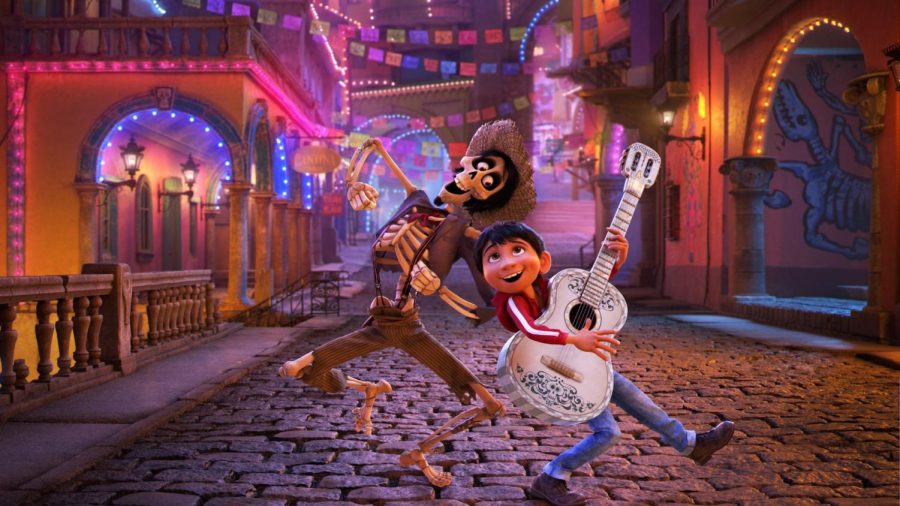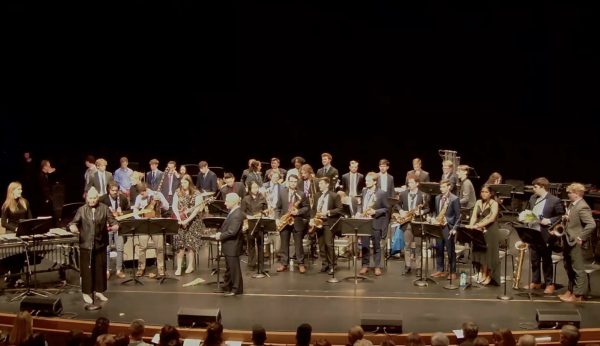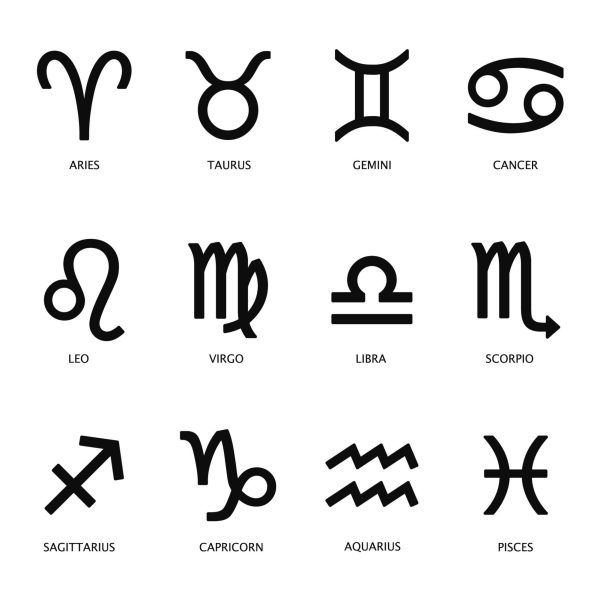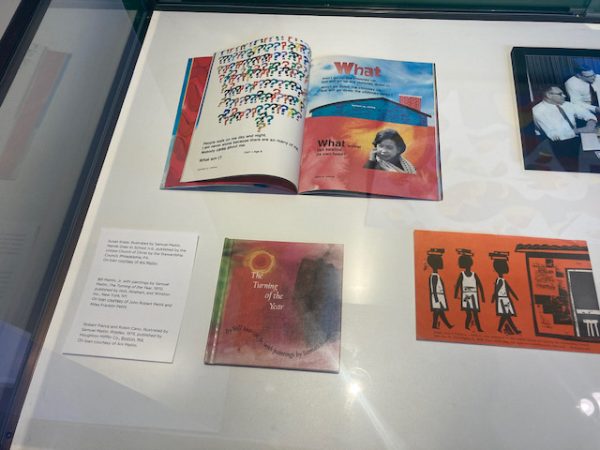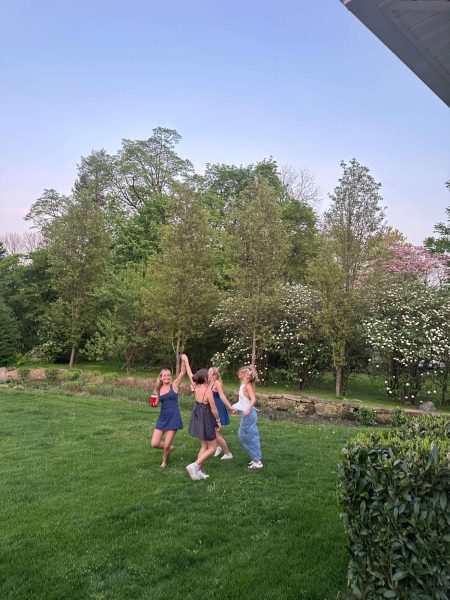Pixar Supervisor Shares World of Animation with Students
December 5, 2017
“It’s a dream come true.” Jason Katz, a Pixar storyboard supervisor, settled into the red cushy seats of the Connelly Cinema, holding his hand in under his chin as he visited the University on Disney-Pixar’s College tour to promote “Coco.” “Coco” is Pixar’s latest endeavor, a homage and celebration to the Mexican holiday “El Día de Los Muertos,” or Day of the Dead in English.
Katz began working for Pixar in 1994 and has been there for nearly half his life. He has served in the animation department for classics such as the “Toy Story” saga, “A Bug’s Life,” “Monster’s Inc.,” and “Monster’s University” and as a story supervisor in “Finding Nemo” and “Ratatouille.” Katz studied character animation at the California Institute of the Arts, or CalArts. He first started drawing cartoon characters with his grandmother and soon developed a passion for it. Katz was recruited to the new animation company, Pixar, in 1994 and soon found himself working on the studio’s first project: “Toy Story.” Katz is credited as a writer of Pixar’s latest endeavor, “Coco”. Pixar’s ability to tell compelling stories with believable characters has made it into the successful agency it is today. “Coco” is no exception. “It’s unlike anything we’ve ever done before,” Katz said smiling.
Students who attended the event were given a glimpse into the world of “Coco” before it hits theaters this Thanksgiving. The movie opens in a similar manner to “Beauty and the Beast” and “Moana.” The audience is taken through the events leading up to the movie using “papel picado,” which is Mexican folk art and is incorporated in Día de los Muertos celebrations. The film also incorporates Mexican culture in its usage of many traditions associated with el Día de los Muertos, like the “ofrenda” (altar) and “alebrije” (brightly colored fantastical wooden creatures that decorate the ofrenda).
“This was something we knew from the beginning that we had to get right.” Katz had just finished working on the Academy Award winning “Toy Story 3” with director Lee Unkrich. They pitched Coco in Sept. of 2011 to John Lasseter, the executive producer for many Pixar projects including “Inside Out” and “Zootopia”. After getting the green light from the studio executives, Katz and his team travelled to Mexico to figure out “what’s the story, what are we going to tell?” The families they met were incredibly hospitable and willing to share their lives with the team and even made their way into the movie, according to Katz. Researching the film was altogether a different experience than past films. It wasn’t anything like “A Bug’s Life,” where we went to the median and poked around in the grass,” said Katz laughing.
“It’s been such an amazing experience, it’s been six years of my life.” Since the idea was first pitched, Katz has worked on nothing but Coco. “When I started on Coco my daughter was one, my son was five. All they know is this movie, and now that it’s done and now that it’s out, not only am I so proud of the film and so proud of the work but I mean it’s amazing. I saw the movie with them for the first-time last week and that was incredible.” The movie has been screened in front of audiences nine times prior to its release this upcoming Thursday. Pixar needed to make sure that the audience believed in Miguel’s passion for music. It toyed with the idea of having him break out into song. “It worked for Ariel!” Katz exclaimed as the room burst with laughter, “You knew she wanted to be part of that world.” However, the team decided to go in a different direction and discovered that having Miguel perform and play his guitar read really well, and audiences believed in his passion. It was similar to “Ratatouille”—if the audience didn’t really believe that Remy absolutely had to cook, it might not be on board with a rat in the kitchen.
“We’re able to do things now from a technical standpoint that we couldn’t do two years ago, three years ago,” Katz said. Technology has advanced enough to allow storyboard artists like Katz to animate things like they’ve never been able to. “We’ll put something on the board and we’ll get feedback from the smartest people in the world that are working on the technical side and they’ll say, ‘I don’t know how we’re going to do that,’ you know, I don’t know how we’re going to do that water or wet hair or pick any movie and usually by the time we need to figure out how to do it, they’ve figured out and then we get it in the movie,” he said.
Coco is a film about seizing your passion and living your true self. The story centers around Miguel, a 12-year-old with a passion for music in a household where music is banned. Miguel lives in a multigenerational household, with Abuelita as the matriarch. After accidentally sending himself to the Land of the Dead, a land of love, music and, ironically life—Miguel must venture to find his long lost relative and idol, Ernesto de la Cruz, to receive his blessing to pursue music and transport back to his living family. On what he hopes people take away from the film, Katz said, “I would love people to see our film and want to share it with their family.” The film features an all Latino cast and is in theaters now.

